Chief Justice William Alstergren on making courts more relevant to the people they serve
William Alstergren was the stockbroking bobsledder who never thought he would become a lawyer, let alone the Chief Justice of one of Australia’s highest courts.
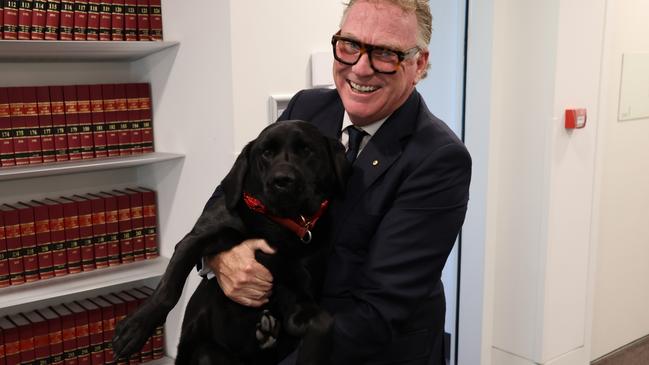
Spearheading one of Australia’s highest courts through some of the biggest changes it has ever undergone was a welcome challenge for Federal Circuit and Family Court Chief Justice William Alstergren.
First he shepherded it through the introduction of remote hearings – among other innovations – during the height of the Covid-19 pandemic, then he oversaw a merger of the Federal Circuit Court with the Family Court in 2021.
“Courts are normally based on precedent,” he says.
“They’re based on what’s happened before. Change, of course, is something which emanates from the need to improve.
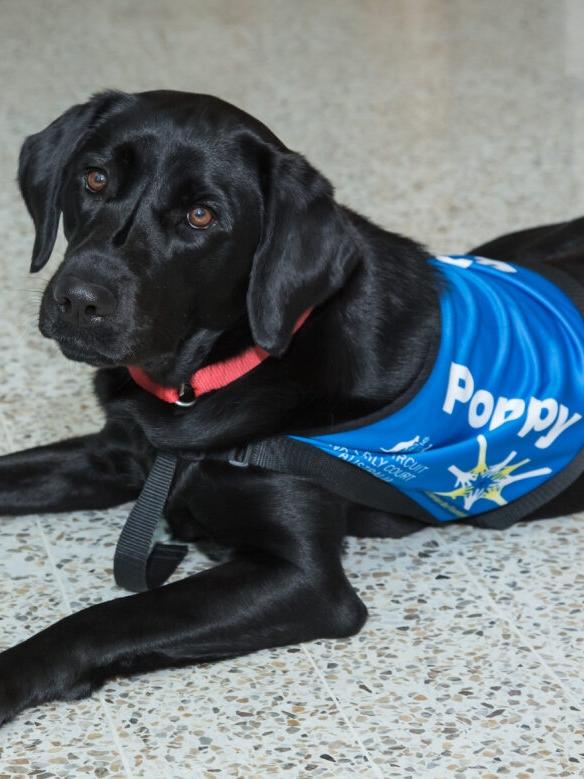
“We as courts, particularly during Covid, had to really learn how to become much more relevant to the people we serve and give Australian families the kind of court system they deserved.”
Chief Justice Alstergren gives an impassioned salute to his team, which includes 122 judges across the country “who all work incredibly hard”, and he is also determined to end family violence.
Yet his enthusiasm about his legacy ramps up as he concludes an interview with The Australian by promoting the work of the court’s facility and therapy dog, Poppy.
The Melbourne-based Chief Justice was a driving force behind the two-year-old black labrador’s introduction to the court at the corner of William and Lonsdale streets in Melbourne’s CBD.
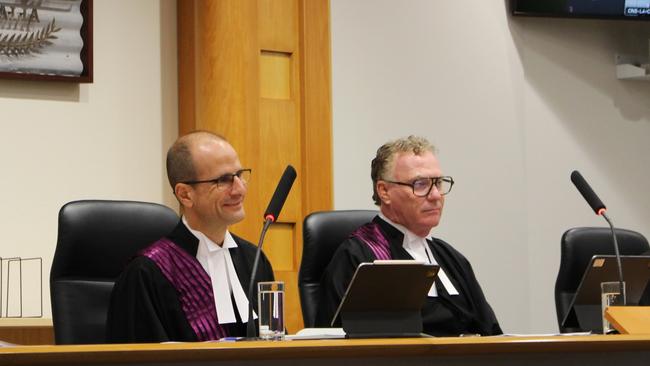
Poppy was trained by Guide Dogs Australia and supports litigants during stressful situations in court; for example if they are giving evidence about alleged abuse.
Before the interview wrapped up – and just an hour after he returned from a round trip of registries across Australia’s east coast, including in Brisbane, Chief Justice Alstergren insisted on a visit with Poppy and embarked on a quest to find her as the clock reached 4pm.
“I managed to convince the NSW Law Society to fund three more dogs,” he says. There’ll be one in Parramatta, one in Newcastle and one in Sydney. So we’re going to have a national kennel.”
How he found the law
Despite an esteemed career in the law, Chief Justice Alstergren told The Australian he never thought he would be a lawyer.
“My grandfather came over from Norway in 1922,” he says. “He was involved in industry. My family was always involved in industry or in business.
“But he died. And my father died when he was very young, and I thought I always enjoyed law.”
He said he wanted to do it, but wanted to “bring a business acumen to it”.
He was a stockbroker for a while, and worked on a number of financial matters because of that background.
But the Chief Justice said that when he undertook family law as he began his practical training, he got a taste for being in court.
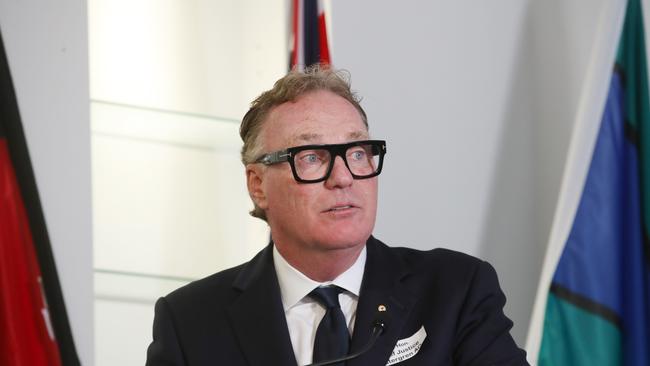
“I really enjoyed being a barrister. I loved the theatre of it. I loved helping people, I loved being in court,” he says. “I just used to love running cases, cross-examining witnesses, addressing a jury.”
Chief Justice Alstergren obtained a bachelor of arts and a bachelor of laws from the University of Melbourne. He practised as a barrister in Melbourne from 1991, and took silk – meaning he was appointed Queen’s Counsel at the time – in 2012.
Reflecting on his time as a barrister, he said while he loved working on big commercial cases including “battling against Telstra”, he got a real sense of satisfaction out of his pro-bono work.
“I had one bloke that had lost his farm. He’d sold his dairy cattle to some leasing company and it all went wrong,” he says.
“They foreclosed on his farm effectively, and his cattle, and he lost his milk run, and he was driving a truck with his wife. I was able to run an appeal and he won. I was able to ring him and say, ‘Look, mate, you got your farm back’.”
He also launched the Victorian Bar’s pro bono duty barristers scheme, which he said has been a “phenomenal success”.
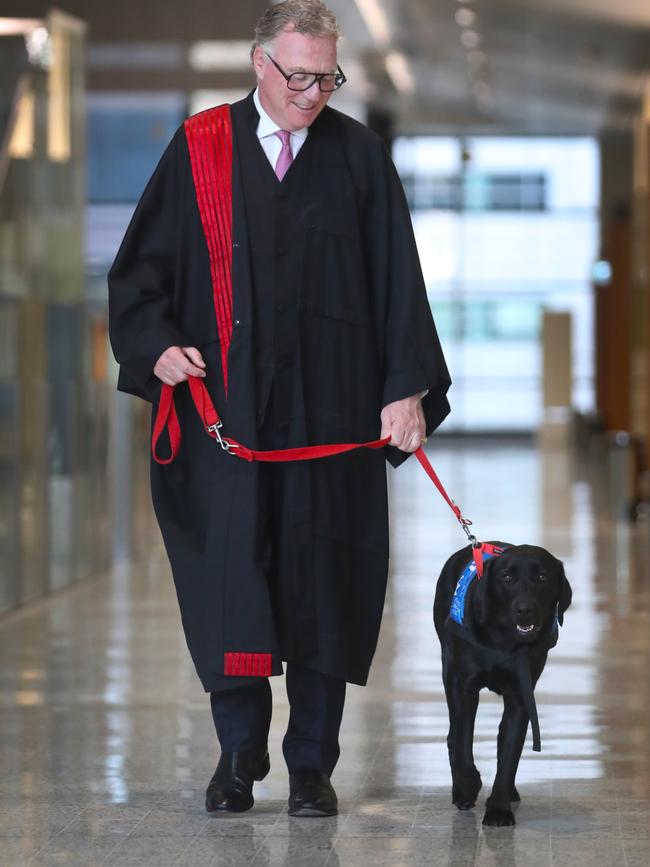
“There were a lot of barristers coming into the Bar,” he says. “They weren’t getting as much court work as they would five years before. And at the same time, there was all these unrepresented litigants sitting in the Magistrates Court. So we said to Legal Aid, look, we’ll provide barristers on a pro bono basis to help these people. It’s probably done $20m, $30m worth of work already over the last 15 years.”
Bobsleds and the Bar
Chief Justice Alstergren also discussed his foray into bobsledding with good humour.
“I found myself in 1998 trying for the Australian bobsled team with a friend of mine, and it makes me laugh now as much as it did then,” he says.
“We had a Romanian coach, he was the most wonderful fellow. He put us three quarters of the way up the track and said ‘this is a bobsled’. I said, ‘Well, how do I steer?’ He said, ‘work it out in the way down’.”
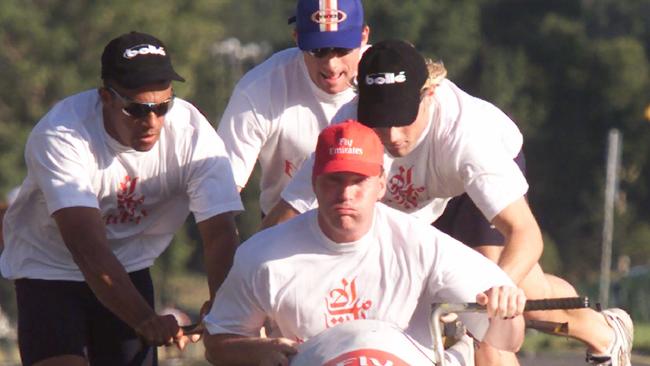
This method, Chief Justice Alstergren said, was not dissimilar to coming to court.
“You can’t necessarily anticipate what’s going to happen.” he says. “You can try and steer as best as you can, but there are forces that push you around and you’ve got absolutely no breaks.
“It taught me the really big importance of preparation and also the incredible importance of teamwork.”
The Chief Justice coached the Australian women’s bobsled team for the 2006 Winter Olympics in Italy, and it went on to come 15th in the world.
Career trajectory
In 2017, he was appointed Chief Justice of the Federal Circuit Court and then Chief Justice of the Family Court in 2018 before they merged.
Chief Justice Alstergren says “there was obvious needs for change and innovation”.
“I think the other thing is, the opportunity of being able to be trusted with managing people and managing a court is a huge privilege,” he says. “It’s something that I think is such a great opportunity. It’s never a burden. I love going to work.
“The motivation is we want to be the best court we possibly can be for the people we’re serving.
“It’s a bit of business sense, but (also) a real thirst to serve people and to serve the community.”
Chief Justice Alstergren said he was proud of the fact that the majority of judges in division two of the court are women, and the court has the country’s first Indigenous commonwealth judge.
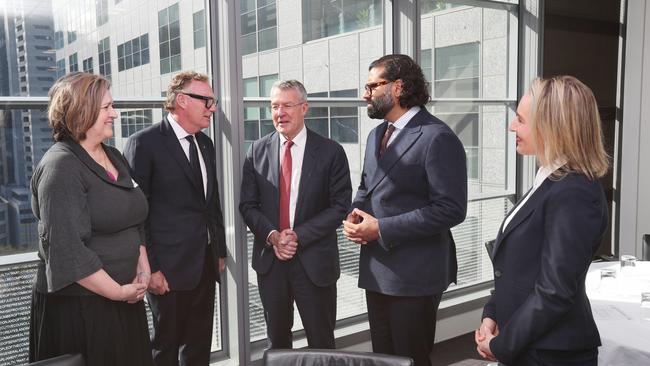
While Chief Justice Alstergren reflects fondly on many of the initiatives he has led, there are two areas of the court’s work that are continuing: One is tackling domestic violence – an issue he has consistently advocated for.
“We have got an incentive to lessen it, because it will give us less cases,” he says. “But the reality is the level of family violence in Australia is a national crisis.
“There’s no national campaign where they’re actually trying to say to young men and to boys, it’s just not on.
“It’s not a reality of life. We can stop it. I think the only way that family violence is actually going to stop in Australia is if men get involved in the conversation.”
As well, Chief Justice Alstergren has been working to tackle the court’s swelling migration list which, according to the court’s annual report, “continues to present a challenge not only because of the volume of filings, but because of the complexity of the law coupled with the high proportion of unrepresented litigants, many of whom require interpreters”.


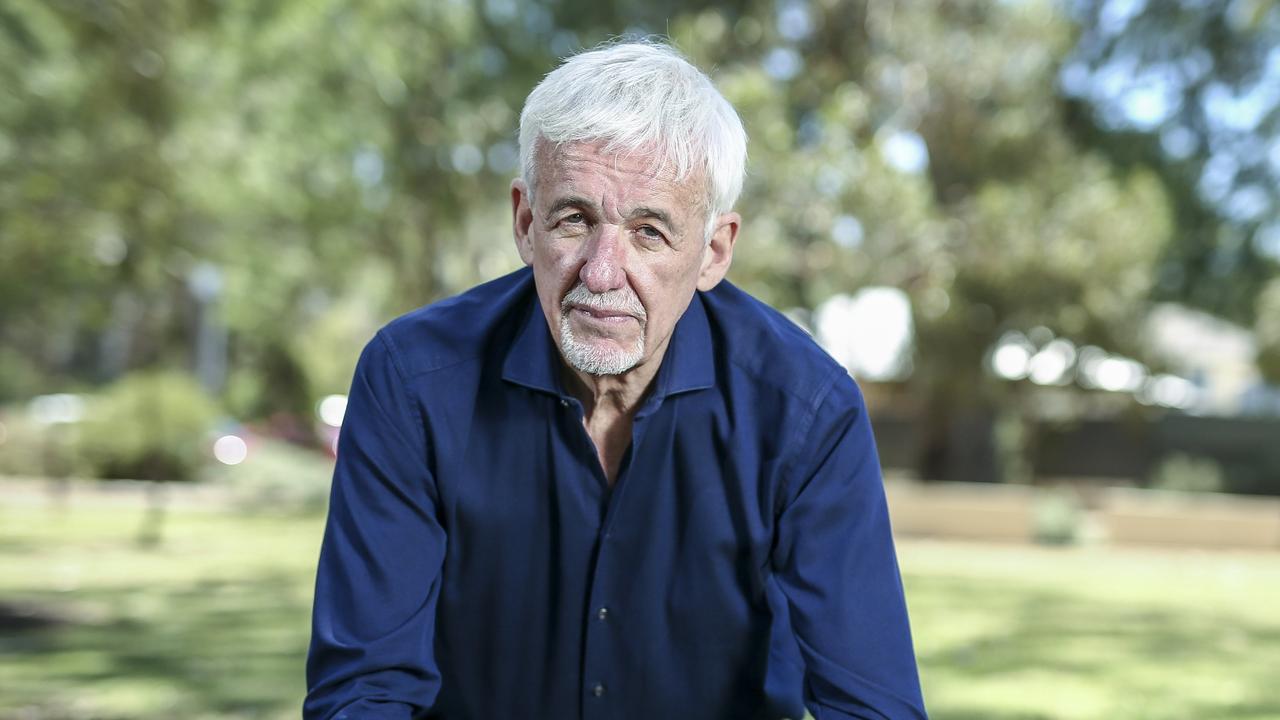
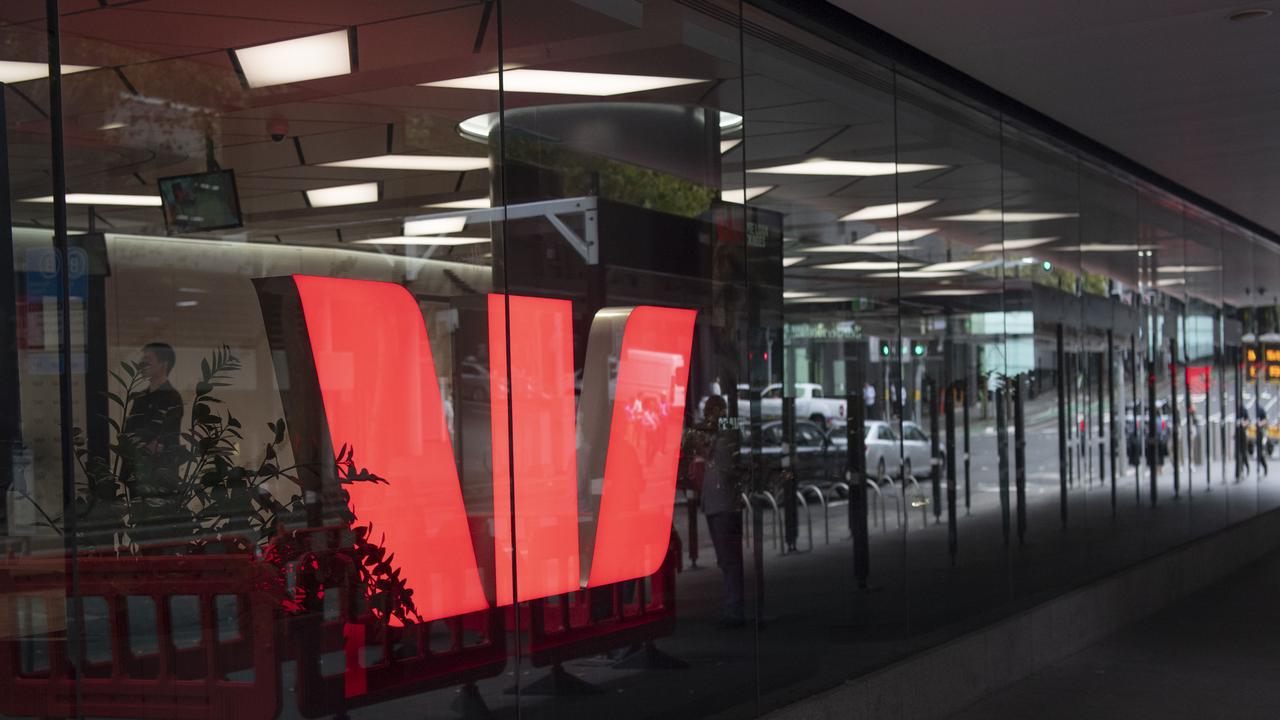
To join the conversation, please log in. Don't have an account? Register
Join the conversation, you are commenting as Logout